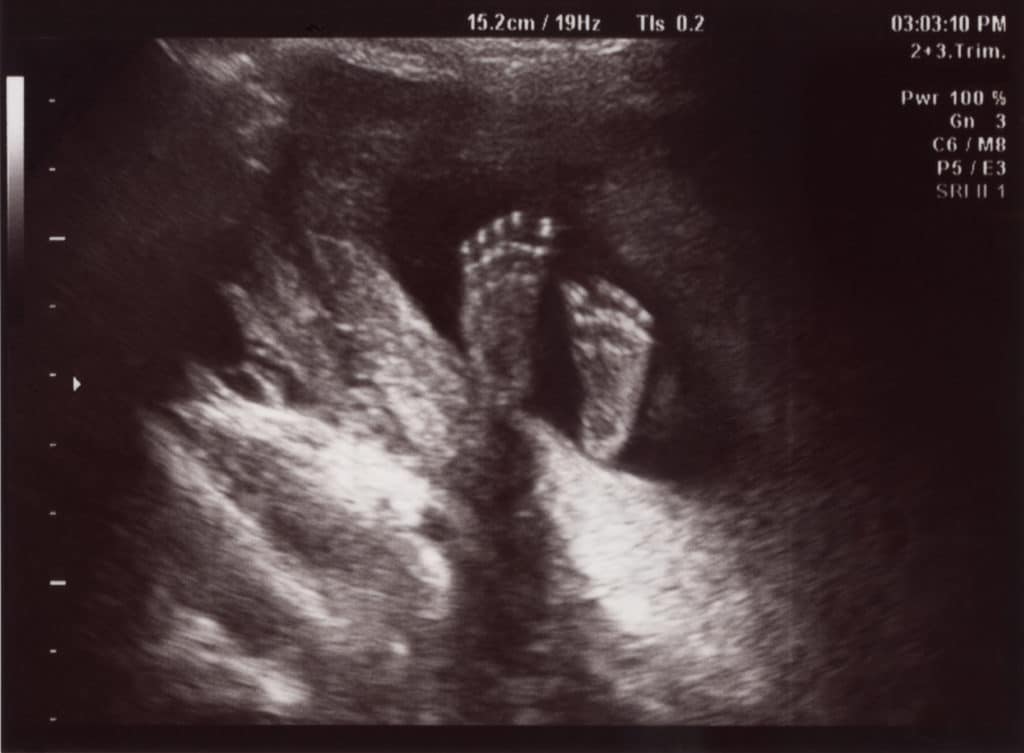Ultrasounds During Fertility Treatment
Ultrasound scan is an important part of the infertility testing and fertility treatment. Ultrasounds that are done during the mid to late pregnancy are mostly abdominal ultrasound. While fertility testing and treatment, most of the ultrasounds are done transvaginally. A thin wand-like apparatus that is covered by plastic or latex (condom) will be lubricated and inserted through the vagina. It may sound scary but, the procedure is fast (takes about 15 minutes) and is mostly painless.
During an infertility testing, the ultrasound scans provide information about the ovaries, endometrial lining, and uterus. While for fertility treatment, the ultrasound is used to monitor follicle development in the ovaries and the thickness of the endometrial lining. It can also be used during IVF for egg retrieval and guide the needle through the vaginal wall to the ovaries. A transvaginal ultrasound scan is cheap and is a key fertility procedure to help spot problems early on the treatment.
Transvaginal ultrasound helps to look for fibroids (benign growths in the uterus), Ovarian cysts (fluid-filled structures), scan the uterine linings (check the thickness), accurately measure the developing follicles, check for hydrosalpinx (collection of fluid in the fallopian tube), Pelvic inflammatory disease (PID), cancers of the uterus, vagina, ovaries, kidneys, and bladder, and checking for other pregnancy problems.
An ultrasound machine uses high-frequency sound waves to create images of the inside of the body. Ultrasound scans are safe since the machine uses sound waves or echoes to make the image instead of radiation. A transducer is a device that is used during an ultrasound that emits and receives high-frequency sound waves. Before doing the abdominal ultrasound, the patient is asked to drink a lot of water to make it easier to see the reproductive organ since a full bladder pushes the intestines out of the way.
The sonographer (the one who performs the ultrasound scan) most likely will hand the patient the transducer wand to place it inside the vagina as far as it can comfortably go. The transducer emits sound waves that travel through the soft tissue and fluids inside the body and bounce back (or echo) to create an image of the inside. The ultrasound emits between 2 and 18 megahertz (MHz). The higher the frequencies provide better quality images but, cannot penetrate deeply as lower frequencies because it is absorbed by other tissues.
There are other specialized ultrasound scans that patients can request for such as antral follicle count ultrasound, 3D ultrasound, sonohysterogram, and Hysterosalpingo-contrast sonography (HyCoSy). The antral follicle count ultrasound is done by a technician with special training and is done with the transvaginal ultrasound device.
The antral follicle count ultrasound helps to determine the ovarian reserves and can also possibly help diagnose polycystic ovarian syndrome (PCOS). This procedure is an option for the patient during the basic fertility procedure. This procedure can be scheduled separately or at the same time as a general ultrasound scan.
3D ultrasound generates three-dimensional images that help better detect uterine abnormalities and fallopian tube problems that are not visible on 2D ultrasound scans.
Sonohysterogram is a specialized ultrasound. A saline solution is transferred into the uterus via a catheter. The uterus is filled with the saline solution making it easier to visualize the shape and any possible adhesions (abnormal bands of scar tissues that join together organs) within.
Hysterosalpingo-contrast sonography (HyCoSy) is similar to sonohysterography but, the dye or saline solution is mixed with air bubbles that determine if the fallopian tubes are open or blocked. Although hysterosalpingogram (HSG) is a more common way to evaluate the fallopian tubes, the HyCoSy causes less discomfort to the patient and does not require radiation or iodine exposure.
About Reproductive Health Wellness Center
Reproductive Health Wellness Center is the first center in California that has a mission to provide the best quality of care not only through state of the art technologies but also through a steadfast commitment to the reproductive wellness of our patients. Our patients have an impressive 70% pregnancy rate due to our innovative approach, combining the leading technology and the latest scientific research that focuses on the wellness of the whole person – body, mind, and spirit. For more information on ultrasounds during infertility treatment contact us or call/text (949) 516-0606.
At Reproductive Health and Wellness Center, we are experts at treating fertility issues. We provide the latest in cutting-edge embryo science by using the latest technologies, and we create innovative fertility plans tailored specifically to each individual. But we’re so much more.









